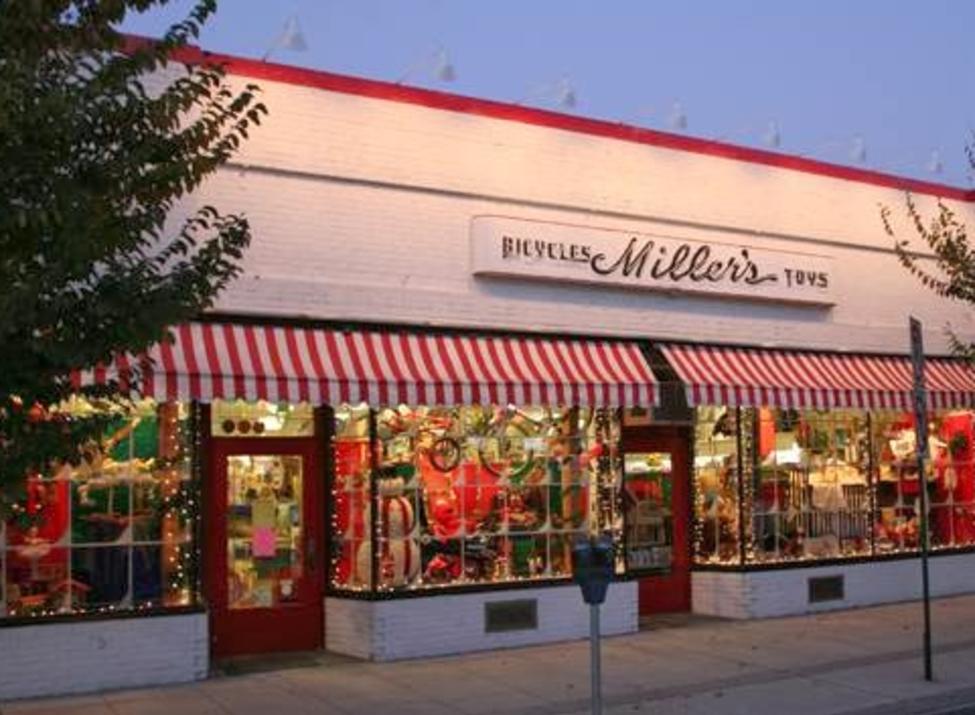On November 15th, The Town of Mamaroneck Board unanimously passed revisions to their tree code at a public hearing. The vote followed testimonies against the bill from over a dozen community members, including, but not limited to, members of the Town of Mamaroneck Sustainability Collaborative, who urged municipal leaders to reconsider revisions. Sustainability leaders and residents cited a rising threat to the tree canopy of the town due to a lack of proper government regulation, arguing that the proposed amendments to the tree code would allow property owners too much leeway to remove potentially healthy trees.
How did we get here?
On October 4th, the Town of Mamaroneck held its first public hearing to discuss the proposed revisions to its tree code. After considerable input from local citizens, the town extended the deadline for submission of written comments and held a second hearing on Thursday, October 18th.
The new code was set to build upon the current guidelines that only apply to homes built on half an acre of land or more. Given the density of the town, the previous code applied only to 20% of all residential properties.
The updated legislation is described as a “tree replacement law” by Town Attorney William Maker. The new code requires that all trees greater than six inches in diameter, if cut down, are replaced. Depending on the size of the tree, some trees cannot easily be replaced with a new tree of similar stature. For example, trees wider than twelve inches must be replaced with two trees. Those wider than eighteen inches must be replaced with three trees.
Additionally, the code places limitations on how many trees can be cut down on a particular property– depending on lot size– and places restrictions on when individuals can apply for a tree removal permit in order to limit the number of trees removed within a short timeframe.
The proposal for a new code came after various members in the community recognized the large number of mature trees being removed throughout the town. This led to the creation of a committee known as the Tree Team. The committee was approached by the town’s former Supervisor who asked the team to review the existing tree code and suggest needed revisions.
Soon after, the Town’s Sustainability Collaborative, a volunteer organization dedicated to advising the Town on environmental issues, got involved. Co-chair of the Collaborative Mark Kramer and member Arlene Novich described how the collaborative “extensively researched the benefits of trees, the changing tree canopy in Mamaroneck and why trees should be preserved in light of the current changing climate.” The Town Board asked them to present their findings in August 2021. From there on, the Tree Team and the Sustainability Collaborative members attended various Town Board work sessions– which are open to the public– to observe the government’s Tree Law discussions. Despite this involvement, the public was unable to comment in these sessions and therefore the Board received little feedback from town residents.
From that point, over two years ago, the Sustainability Collaborative had no involvement with the drafting of the code. Only recently did the Board begin to welcome public comments and criticism. With the introduction of public comments, the Board faced significant backlash. Many members of the community, including chair of the Planning Board Ralph Engel, fear the code is fundamentally flawed. Engel referred to the revised code as “swiss cheese” bringing light to the code’s legal ambiguity.
For example, the code sets no restrictions for the removal of “unregulated trees,” meaning those less than six inches. Furthermore, any tree can be removed if deemed “hazardous.” Arguably, trees impose a near constant risk. Therefore, it is critical that the code clearly defines when a tree is considered hazardous to avoid manipulation and overuse of this clause.
Other fears brought forward by the community involve deforestation and preserving the town’s canopy cover. The Sustainability Collaborative brought in Andy Reinmann, an assistant professor of Environmental Science at the CUNY Center of Advanced Science Research and Hunter College in Manhattan, to share his expertise on the issue at the hearing on October 18th. Reinmann referred to the revisions as a “good start” but shared similar fears to many town residents, suggesting the town shifts the focus of the code to protect its current, mature trees and canopy cover. He emphasized the role trees play in temperature regulation and energy efficiency as well as how trees “mitigate stormwater runoff and flooding.” Additionally, he mentioned that the best way to minimize tree removal is to limit allowances to conduct such removal to cover no more than the removal of five trees on larger properties and two to three trees on standard properties- smaller than 7,500 square feet.
The Sustainability Collaborative shared similar fears surrounding Mamaroneck’s shrinking canopy cover. In recent years, on public property alone, the Town lost or removed twice as many trees as it planted. In its 2021 comprehensive white pages review, the Collaborative mentioned how “in 2020, as a result of Storm Isaias, the Town of Mamaroneck lost over 100 trees, but only one tree was planted.” Losses to canopy cover contribute to various other issues such as erosion and flooding.
While the new code does call for adequate tree replenishment, the Collaborative emphasized in a recent statement about the code how “even if we replanted every tree cut down, it takes time and effort before newer trees can capture as much carbon as effectively as mature trees. Mature trees have an outsized difference in trapping carbon. New tree planting is a long-term plan, beneficial to our community in the future, but offering limited immediate remediation. According to the research, trees do not begin to provide environmental benefits until they are roughly 20 years old, depending on the species.”
Supervisor Jaine Elkind Eney responded to concerns by referring to the proposal as a “balancing act.” Eney hopes to protect the environment while still defending the rights of the property owner and feels harsher regulations would limit the owner’s jurisdiction over their land and therefore evoke backlash.
Many members of the community have holistically approached the issue, emphasizing the importance of protecting the environment over the rights of a property owner. Once again, Engels made the argument that civilization itself is “giving up rights for the benefit of the group,” the greater good. By allowing Mamaroneck to continue to lose its natural environment, it may face various, unprecedented repercussions.










